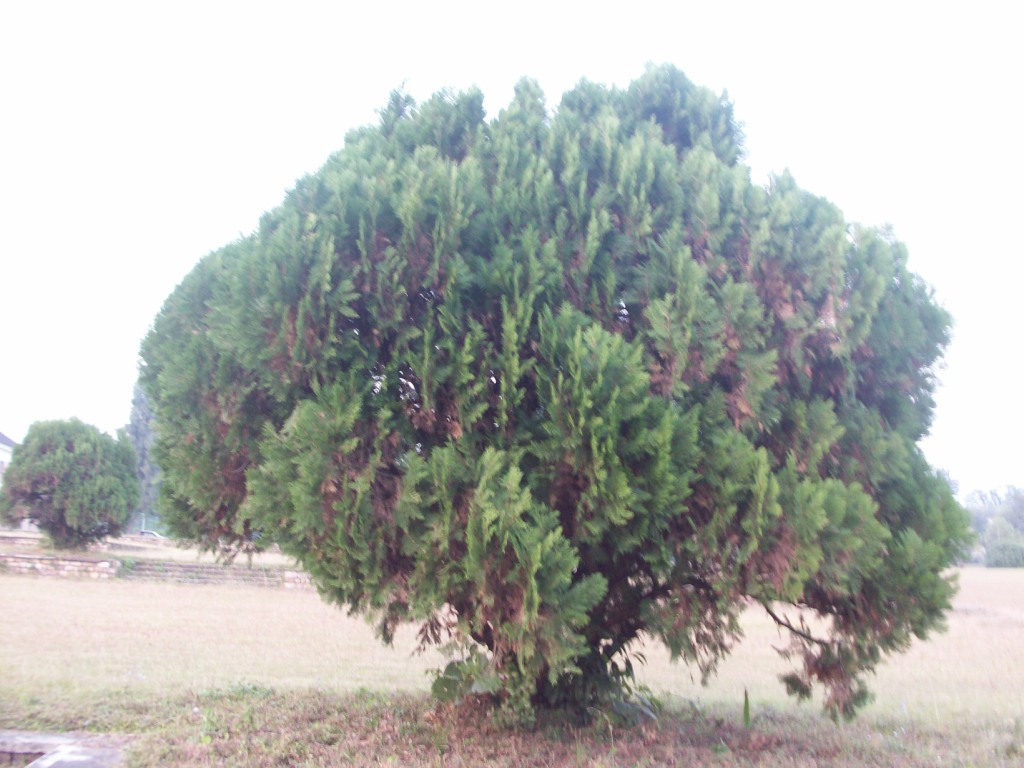Economic Importance of Thuja orientalis

Common name: Chinese arborvitae, Morpankhi
Family: Cupressaceae
Origin: China
Description: An evergreen Tree. It is in leaf all year. The flowers are monoecious (individual flowers are either male or female, but both sexes can be found on the same plant) and are pollinated by Wind.
Economic Importance:
- This plant is of high significance in Chinese herbalism, where it is considered to be one of the 50 fundamental herbs. Both the leaves and the seeds contain an essential oil consisting of borneol, bornyl acetate, thujone, camphor and sesquiterpenes. The leaves also contain rhodoxanthin, amentoflavone, quercetin, myricetin, carotene, xanthophyll and ascorbic acid. The leaves are antibacterial, antipyretic, antitussive, astringent, diuretic, emmenagogue, emollient, expectorant, febrifuge, haemostatic, refrigerant and stomachic. Their use is said to improve the growth of hair. They are used internally in the treatment of coughs, haemorrhages, excessive menstruation, bronchitis, asthma, skin infections, mumps, bacterial dysentery, arthritic pain and premature baldness. The leaves are harvested for use as required and can be used fresh or dried. It is used internally in the treatment of palpitations, insomnia, nervous disorders and constipation in the elderly. The root bark is used in the treatment of burns and scalds. The stems are used in the treatment of coughs, colds, dysentery, rheumatism and parasitic skin diseases. Fruits and roots yield essential oils, and seeds fatty oil. Leaves also yield an essential oil used as a tonic, diuretic, and antipyretic.
- Twigs and leaves are a good source of tannin.
- A yellow dye is obtained from the young branches. Wood used for construction, cabinet making, cooperage, furniture, house- building, fence- posts, barrels and casks.

